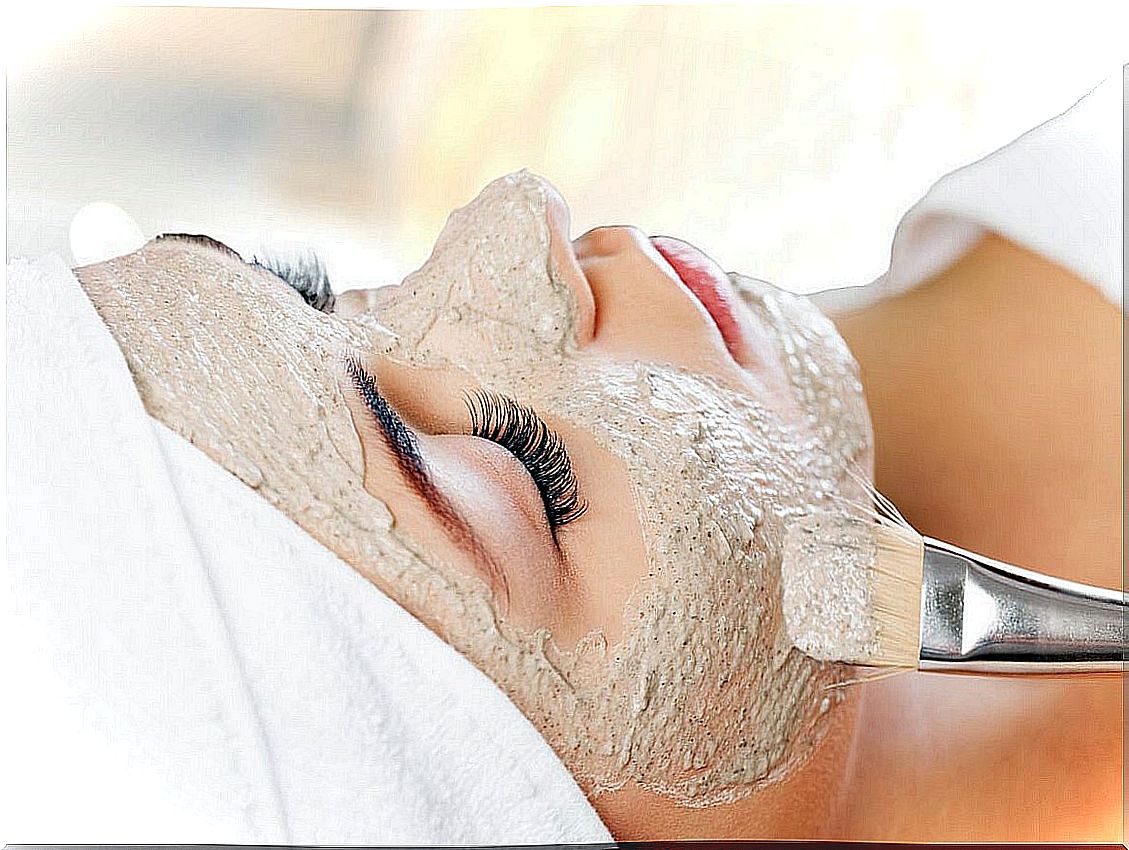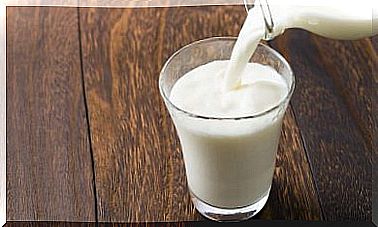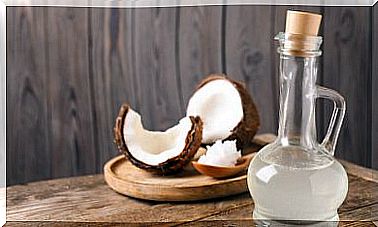How Do Masks Work On The Skin?
Masks on the skin, especially facial ones, have gained importance in daily skincare routines . The large number of uses and variants make them a very attractive option when starting a care plan.
On the market you can find masks made of clay, charcoal, hyaluronic acid, with enzymes or just moisturizers. Therefore, the choice is made according to the needs of the skin. Here’s how they act, so keep that in mind.
How are nutrients absorbed into the skin?
Face masks are very useful when incorporated into a skincare routine. By themselves they do not generate great changes that can be sustained over time.
The basic pillars of dermatological care are cleaning, sun protection and hydration. The masks for the skin fulfill their functionality based on their ingredients, as well as they must be combined with the previous cleaning of the skin and the subsequent moisturizing.
When applied, the direct contact of the ingredients with the skin surface is accentuated. It cleanses the pores and allows the skin to absorb more product. They can generate an immediate effect expressed in luminosity and shine on the skin. However, it is still temporary and must be continued.
This type of cosmetic practice offers therapeutic and nourishing skin care ingredients in a concentrated format. That is, the benefits are accumulated in a particular substance.

You may be interested: Chemical peel : what are the acids used?
When can the masks be applied to the skin?
Before placing a mask on the skin, it is recommended to gently cleanse the face to remove any remaining makeup, dirt or residues. Micellar water is a good ally to carry out this step prior to application.
After cleansing with micellar water, the face should be rinsed with lukewarm water, which will allow the pores to remain more permeable and the ingredients can be easily absorbed.
In most cases, the products stay in contact with the skin for a period of 20 to 30 minutes. It is this very thing that gives the ingredients more time to penetrate the dermal surface and achieve their effect.
Masks according to skin type
When choosing the mask, the results to be obtained must be taken into account. According to the type of skin, the ingredients that will be selected are those that must be adapted in a way that addresses a specific concern of the user.
Dehydrated skin
Dry skin requires significant hydration, so this type of cosmetic treatment is very useful and recommended every 15 days. Ingredients like hyaluronic acid, avocado or shea butter contribute to hydration and water retention.
Acne or inflammation
Facial skin masks are not a long-term acne treatment. However, they can help reduce inflammation and prevent possible acute flare-ups.
Salicylic acid, benzoyl peroxide, and alpha hydroxy acids (AHAs) remove surface dead cells and pore-clogging debris. Regarding the latter, research shows a positive effect on acne scars.
Oily skin
In this type of skin, all those products that eliminate excess oil are useful and, therefore, increase the permeability of the pores. Some of the products that provide benefits for greasiness are salicylic acid, glycolic acid, sulfur, and charcoal.
Fine wrinkles
Masks do not completely remove minor wrinkles from the face, however, they can help minimize the appearance of those that are fine. Vitamin C is recommended for this type of skin due to its great antioxidant potential. In turn, it generates a constant stimulus in the production of collagen.
Vitamin E is also an effective anti-aging option, along with resveratrol and ferulic acid. Both work to protect the skin from external agents that cause fine wrinkles, such as pollution and sun damage.
Rosacea
Niacinamide has antioxidant properties, reduces erythema, and improves skin tone. In fact, according to studies carried out by The British Journal of Dermatology , it is concluded that it contributes to the inhibition of oxidative processes.
Blemishes and hyperpigmentation
The results in this type of pathologies are not observed immediately, therefore, skin masks are used as complements to depigmentation treatments. Useful ingredients include kojic acid, tranexamic acid and azelaic acid.

Read also: Hyperpigmentation: why does it happen?
Caution with skin mask ingredients
There are many fantasy masks that are attractive in their aesthetic and sensory aspect, but they fail to fulfill the functions that they offer or that the consumer seeks. You have to be careful not to fall for commercial hoaxes.
Those that contain fragrances, dyes or parabens can be harmful to the skin, especially those that are more sensitive. The ideal is to read the labels and analyze their composition, avoid these products and opt for hypoallergenic ones.
- Lemon : like vinegar, they are acidic products that generate residual pigmentation and irritation.
- Egg white : can cause skin infections, even more so if you have active wounds.
- Sodium bicarbonate : it has high levels of alkalinity that destroy the skin barrier, losing its own moisture.
Masks on the skin as a complement to a routine
Masks on the skin are the complement of a good dermatological care routine. Along with cleaning, hydration and sun protection, they are the great allies that one must have to improve the texture and appearance of the skin.
The price does not always indicate the quality or effectiveness of the product and that must be taken into account as consumers. However, the ideal is to meet each other to understand the needs of the type of composition of tissues and integuments that we have. That will bring us closer to the greater effectiveness of the treatment.









